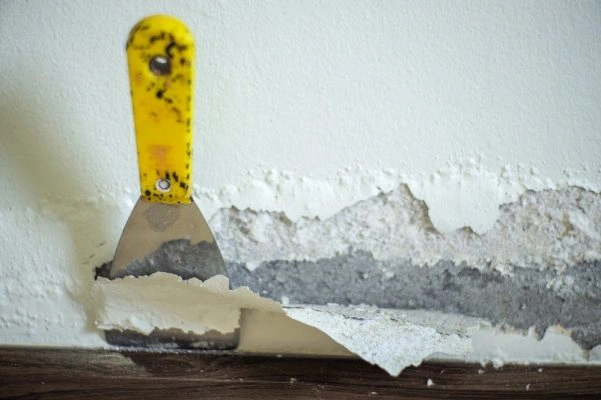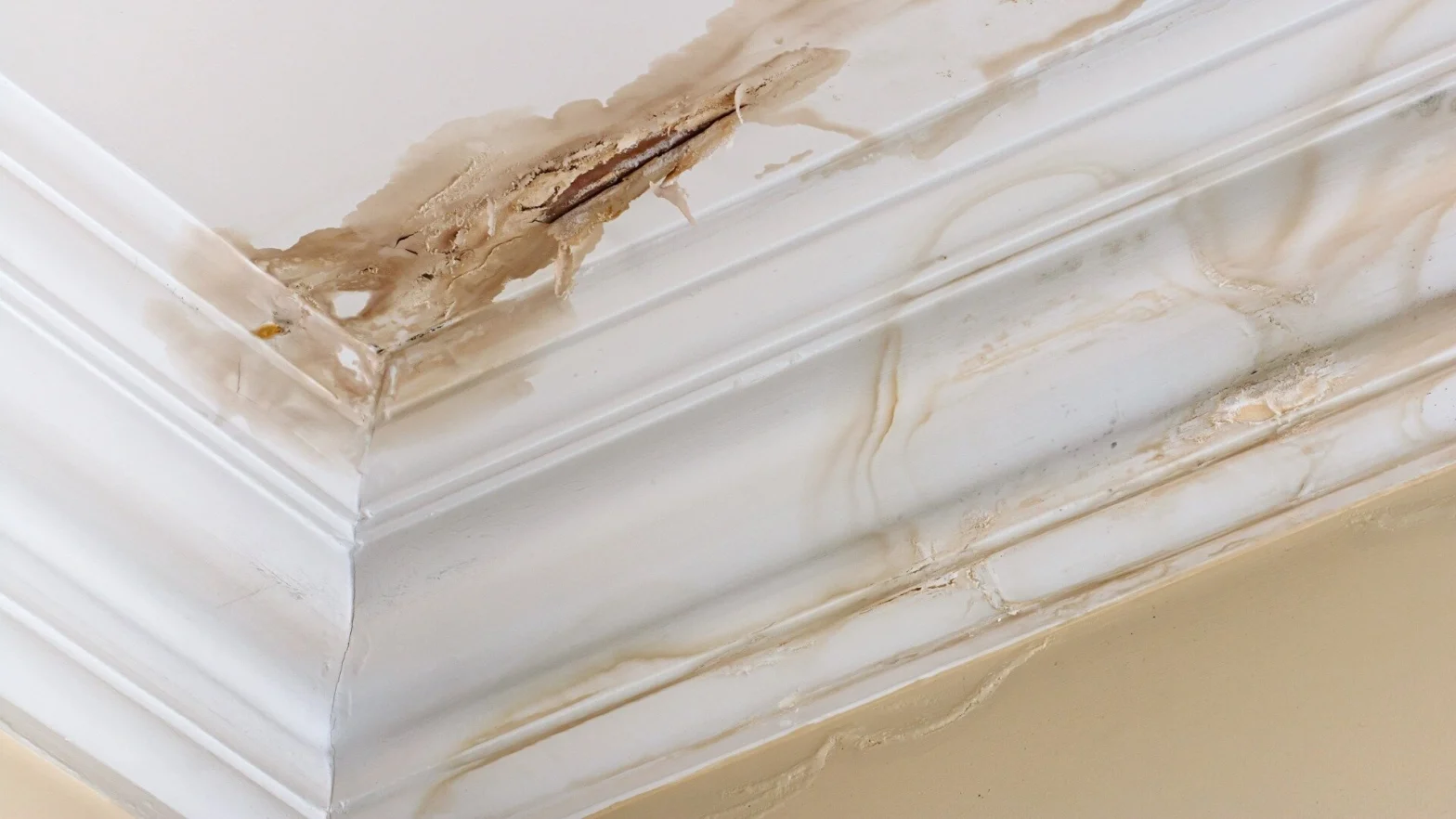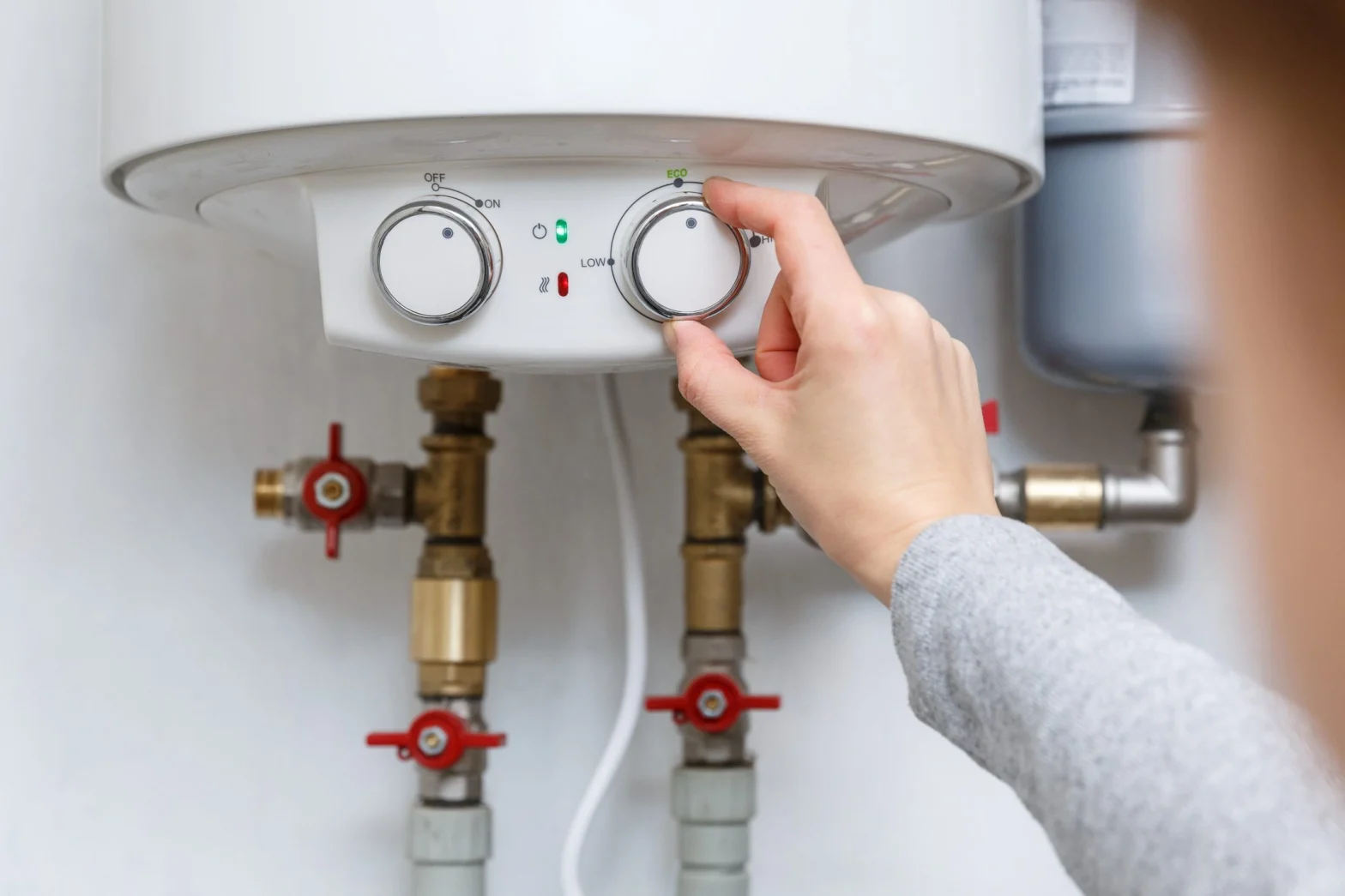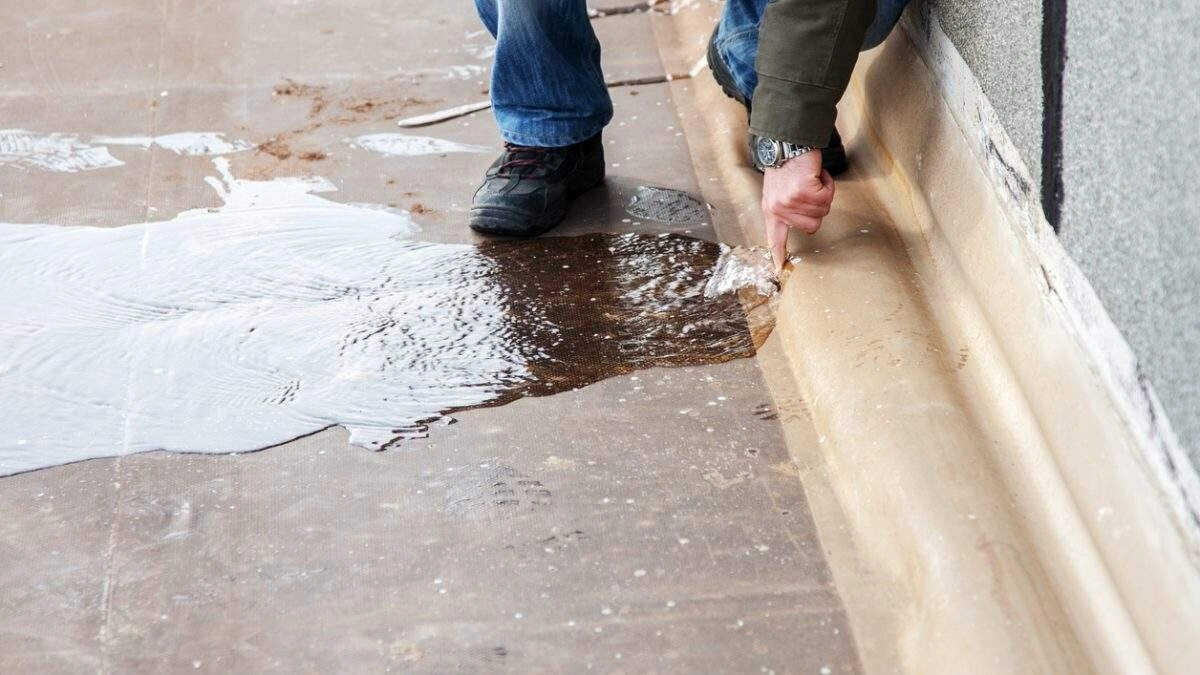Why Slab Leaks Should Never Be Ignored | Hidden Dangers & Costs Explained
Slab leaks are the hidden nightmares lurking beneath the foundation of countless homes. While a dripping faucet or a running toilet grabs immediate attention, slab leaks quietly wreak havoc beneath your floors—often unnoticed until significant damage has occurred. But what exactly is a slab leak, and why is it something homeowners should never ignore?
A slab leak occurs when the pipes running underneath a home’s concrete foundation develop leaks. These pipes, usually part of the home’s water supply system, can crack, corrode, or burst due to shifting soil, poor installation, or natural wear and tear. Since these pipes are buried beneath the concrete “slab” foundation, detecting a leak isn’t as simple as spotting a puddle under your sink.
Homeowners often overlook slab leaks because they’re out of sight. Unlike obvious plumbing issues, underground leaks quietly escalate, causing structural damage, skyrocketing water bills, and even dangerous mold growth before they reveal themselves. This hidden nature makes them particularly dangerous—and expensive—if left unchecked. In this article, we’ll explain why slab leaks should never be ignored, the hidden costs of inaction, and how to protect your home and wallet.
Understanding Slab Leaks
What Is a Slab Leak?
A slab leak happens when a water line beneath your home’s concrete foundation springs a leak. Detecting issues isn’t straightforward since these pipes are embedded in or below the concrete slab. Over time, even a small leak can erode the surrounding soil, leading to foundation instability, water damage, and mold growth.
Common Causes of Slab Leaks
Hidden water leaks don’t just happen out of nowhere—they’re often the result of underlying issues that slowly develop over time. Understanding these causes can help homeowners take preventive steps before minor problems become major disasters.
One of the primary culprits is poor installation. If the pipes beneath your foundation were installed incorrectly or made from subpar materials, they’re more susceptible to early wear and tear. Even small installation errors can lead to leaks over time.
Another significant factor is soil shifting. Your home’s foundation rests on soil that naturally expands, contracts, and settles. In regions prone to seismic activity or frequent droughts and heavy rains, this shifting can put intense pressure on the pipes, causing cracks or misalignment.
Corrosion is another common issue, especially in older homes with copper or galvanized steel pipes. Over time, chemical reactions between the pipe material and minerals in the water can create weak spots, leading to pinhole leaks that grow unnoticed.
Then there’s abrasion—an issue when pipes rub against surrounding concrete, gravel, or other pipes. With water flowing constantly, even slight vibrations can cause the pipe to wear down and eventually rupture.
Finally, high water pressure can be a silent destroyer. While intense water pressure may feel great in the shower, it puts extra strain on your pipes, increasing the likelihood of cracks or bursts, especially in older plumbing systems.
Recognizing these risk factors can help you take proactive steps—like routine plumbing inspections or pressure regulation—to reduce the chances of a costly slab leak.
Signs and Symptoms of a Slab Leak
One of the biggest challenges with slab leaks is their hidden nature. Since they occur beneath your home’s foundation, they often go unnoticed until significant damage has occurred. However, your house will usually give off warning signs—if you know what to look for.
A sudden, unexplained increase in your water bill is often one of the first red flags. If your water usage hasn’t changed, but your bill has spiked, it’s worth investigating. Similarly, you might notice warm spots on your floor, especially if the leak is coming from a hot water line. This can make certain areas of your home feel oddly heated underfoot.
Another telltale sign is the sound of running water when no faucets are on. If you hear a faint, persistent trickle or hissing sound, it could indicate water flowing through a compromised pipe.
Over time, slab leaks can also manifest as visible damage. Cracks in your walls, floors, or even ceilings can result from the foundation shifting due to soil erosion beneath it. Moisture from the leak can also lead to mildew or mold growth, creating a musty smell and potential health hazards.
Lastly, if you notice a drop in water pressure throughout your home, it might be because water is escaping through the leak instead of reaching your faucets and appliances.
Catching these warning signs early can be the difference between a minor repair and extensive structural damage. If anything seems off, don’t wait—call a professional to investigate before it’s too late.
Recommended reading: 5 Common Symptoms Of Water Leak That Go Unnoticed
The Hidden Dangers of Ignoring Slab Leaks
Ignoring a slab leak might seem harmless at first—after all, if it’s out of sight, how bad could it really be? Unfortunately, the answer is: very bad. What starts as a minor drip beneath your home can spiral into severe structural issues, financial burdens, and even health hazards. Understanding the true risks of neglecting a concrete leak is crucial for homeowners who want to avoid costly repairs and long-term damage.
- Structural Damage to Your Home
Structural damage is the most immediate and severe consequence of an untreated foundation leak. When water seeps from a broken pipe beneath your foundation, it slowly erodes the soil that supports your home. This soil displacement can lead to foundation settling or sinking, causing cracks in walls, ceilings, and flooring. Over time, doors and windows may no longer close properly due to the shifting structure, and severe cases can even collapse foundation sections. If left unchecked, what started as a minor leak can evolve into a full-scale foundation failure, costing tens of thousands of dollars to repair and potentially making your home unsafe to inhabit.
- Skyrocketing Utility Bills
Even small slab leaks can result in significant water loss, leading to unexpectedly high utility bills. Since the leak is hidden beneath the concrete, water often flows continuously without any obvious surface signs, wasting thousands of gallons each month. Homeowners might only realize there’s an issue when their water bill suddenly spikes—sometimes by hundreds of dollars. Beyond the financial strain, the environmental impact is equally concerning. Wasting water on such a scale contributes to resource depletion, especially in regions facing droughts or water shortages. Detecting and repairing underground leaks quickly is essential to avoid financial waste and environmental harm.
- Mold and Mildew Growth
One of the most dangerous side effects of slab leaks is the unchecked growth of mold and mildew. As water leaks beneath your home, moisture can seep into flooring, walls, and even insulation, creating the perfect environment for mold spores to thrive. Mold is more than just an unsightly problem—it poses serious health risks, particularly for individuals with allergies, asthma, or other respiratory conditions. Prolonged exposure to mold can lead to coughing, sneezing, skin irritation, and even more severe health issues like chronic bronchitis or lung infections. Additionally, mold remediation is costly, often requiring specialized cleaning services to eliminate the problem.
- Decreased Property Value
When it comes time to sell your home, a history of foundation leaks—or visible damage caused by one—can drastically reduce your property’s market value. Potential buyers are often wary of homes with foundational issues, seeing them as red flags that signal expensive future repairs. Even minor cosmetic damage, like cracked tiles, warped floorboards, or musty odors from mold, can lower buyer interest. In competitive markets, unresolved slab leaks can make your home harder to sell or force you to lower your asking price significantly. Investing in early repairs protects your home’s integrity and helps maintain its long-term value.
- Increased Repair Costs Over Time
One of homeowners’ most expensive mistakes is waiting too long to address a slab leak. What might have been a relatively inexpensive fix—like patching a small pipe—can escalate into a full-blown foundation repair, costing tens of thousands of dollars. As the leak worsens, water damage spreads, leading to cracked flooring, rotting wood, mold infestations, and compromised structural supports. The longer the leak persists, the more extensive—and expensive—the repairs become. Acting quickly at the first sign of trouble minimizes damage and saves homeowners thousands in long-term repair costs.
The Environmental Impact of Slab Leaks
When homeowners think about plumbing issues beneath their foundation, they often focus on the immediate concerns—structural damage, high repair costs, and potential health risks. However, what many fail to consider is the significant environmental toll these underground pipe leaks can have. Beyond the damage to your home and wallet, undetected foundation leaks contribute to water waste, increased energy consumption, and a larger carbon footprint.
Water Waste and Resource Depletion
Water is a finite resource, and the waste caused by undetected plumbing leaks beneath your home is staggering. The Environmental Protection Agency (EPA) estimates that nearly 1 trillion gallons of water are lost yearly in the United States due to household leaks. If left untreated, a single underground pipe leak can waste between 20,000 and 50,000 gallons annually. This excessive water loss strains local water supplies, especially in drought-prone areas, and forces municipal systems to use more energy for water treatment and distribution. The result? Natural resources are depleted, and homeowners face inflated water bills for water they never used.
The Carbon Footprint of Major Repairs
Delaying action on a hidden plumbing leak doesn’t just drive up repair costs—it also increases your home’s carbon footprint. When small leaks are ignored and evolve into large-scale damage, the repair process becomes far more invasive and resource-intensive. Heavy machinery, concrete demolition, and extensive labor are often required to fix major foundation issues, all contributing to greenhouse gas emissions. Cement production alone is a significant source of carbon dioxide, and when combined with fuel consumption from construction equipment and waste removal, the environmental impact quickly escalates. In contrast, early detection and minor pipe repairs result in less material waste, reduced energy use, and a much smaller carbon footprint.
Sustainable Solutions for Leak Prevention
The good news is that homeowners can take proactive steps to prevent these hidden water leaks and minimize their environmental impact. One effective measure is installing pressure-reducing valves to stabilize water pressure and reduce strain on underground pipes. Choosing more durable plumbing materials, such as PEX piping, also helps since it’s flexible, corrosion-resistant, and less prone to cracking. Regular plumbing inspections are essential for early detection, allowing small issues to be addressed before they spiral into major problems. Additionally, investing in smart water meters that monitor water usage in real-time can alert homeowners to unusual consumption patterns, signaling potential leaks before they cause significant damage.
When dealing with something as critical as your home’s foundation, hiring the right professional for slab leak repairs is essential. Choosing the wrong contractor can lead to poor workmanship, higher costs, and even more damage down the line. Here’s how to ensure you hire the best person for the job.
Choosing the Right Professional for Slab Leak Repairs
When dealing with something as critical as your home’s foundation, hiring the right professional for slab leak repairs is essential. Choosing the wrong contractor can lead to poor workmanship, higher costs, and even more damage down the line. Here’s how to ensure you hire the best person for the job.
What to Look for in a Plumbing Professional
Licensing and Certification:
Always verify that the plumber is fully licensed and certified in your state. A licensed plumber ensures they’ve undergone proper training and adhere to local codes.
Experience with Slab Leaks:
Not all plumbers specialize in slab leak detection and repair. Ask about their experience specifically handling these types of repairs.
Insurance Coverage:
Ensure the contractor carries liability insurance and worker’s compensation. This protects both you and the plumber in case of accidents or additional damage.
Advanced Leak Detection Tools:
Professionals who use modern tools like electronic listening devices, thermal imaging, and pressure testing can detect leaks more accurately without unnecessary destruction.
Red Flags to Watch Out For
- Unusually low quotes that seem too good to be true.
- Lack of proper documentation (license, insurance, or references).
- Pushy upselling of unnecessary services.
- No clear warranty on the work provided.
Why Choosing the Right Professional Matters
Slab leaks can cause extensive damage if not repaired correctly. Hiring a reputable and experienced professional means you’re not just fixing a leak—you’re protecting your home’s structural integrity and ensuring long-term peace of mind.
Timely Action on Hidden Leaks Matters
Foundation leaks are often the “silent destroyers” of homes, silently compromising foundations, driving up water bills, and creating the perfect environment for mold—all while remaining hidden beneath your floors. What may seem like a minor issue can quickly become a costly structural disaster if left unchecked.
Early detection is crucial, where Calis Choice excels. With years of expertise in accurately detecting and repairing slab leaks, we use advanced, non-invasive technology to pinpoint leaks quickly and recommend the most efficient repair solutions. Our team specializes in everything from simple spot repairs to complete pipe rerouting and trenchless methods, ensuring minimal disruption to your home.
Don’t let a hidden leak compromise your home’s safety or wallet. Trust us at Calis Choice to protect your investment with reliable, long-lasting solutions. Reach out today for expert detection and repair before a small issue becomes a significant problem.
Frequently Asked Questions (FAQ)
Q: How long can a slab leak go unnoticed?
A: Slab leaks can go unnoticed for months or even years, especially if the leak is minor and there are no apparent symptoms. However, signs like rising water bills, damp flooring, or mold growth often surface as the leak worsens.
Q: Will my homeowner’s insurance cover slab leak repairs?
A: It depends on your policy. While most insurance plans cover sudden, accidental damage caused by leaks, they may not cover gradual damage due to wear and tear. Always review your policy and speak with your insurance provider to clarify your coverage.
Q: Can slab leaks cause foundation damage?
A: Absolutely. Water from a slab leak can erode soil beneath your home, leading to foundation settling, cracks, and even structural instability. Early repair is crucial to prevent costly foundation issues.
Q: What should I do if I suspect a slab leak in my home?
A: If you notice signs of a slab leak, turn off your water supply to prevent further damage and call a licensed plumbing professional immediately. Early detection can save you thousands in repairs and protect your home’s foundation.








